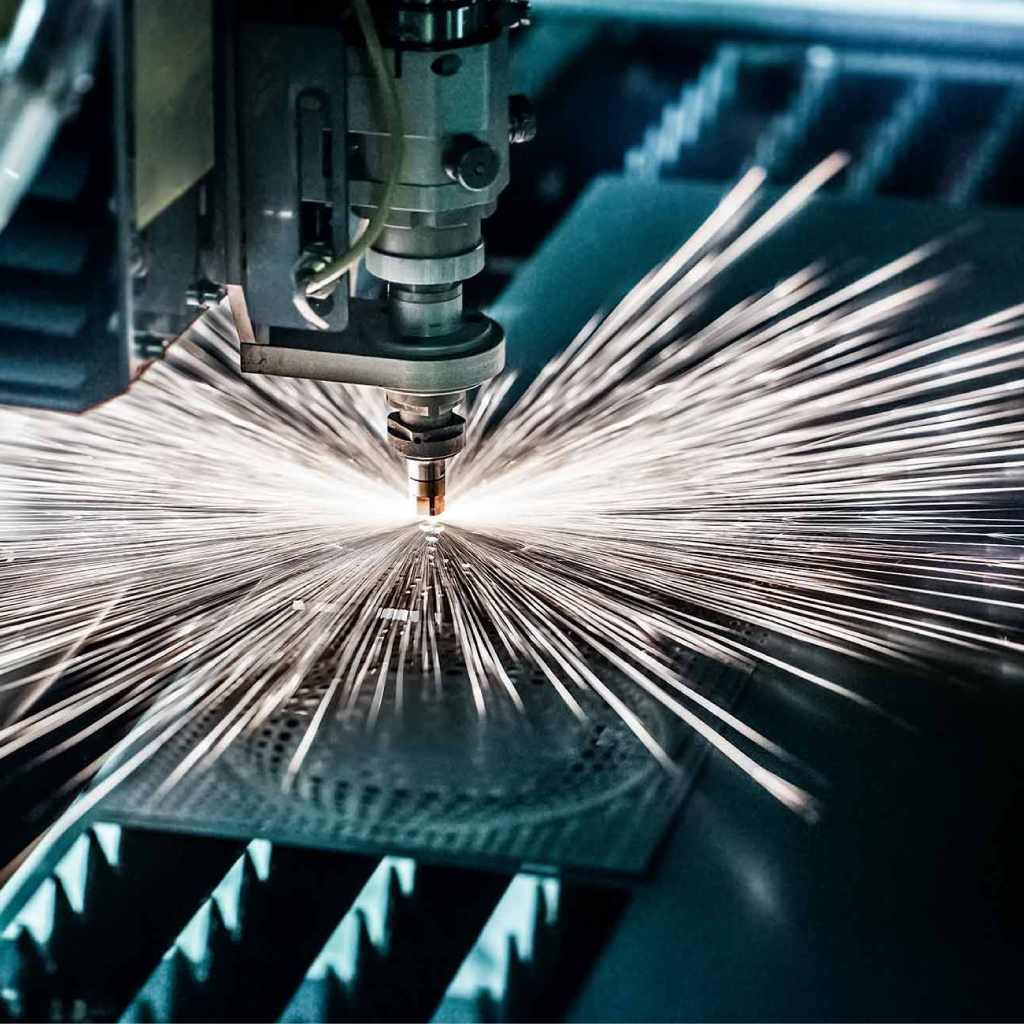Bright Steel And Aluminium Works
The impact of laser cutting on industrial manufacturing has been revolutionary, changing the way products are created in factories worldwide. This innovative technology has significantly changed the way companies cut and shape materials, providing precision, efficiency & flexibility previously inconceivable with traditional methods.

Evolution of Industrial Cutting Techniques: Before the emergence of laser cutting, industries relied on traditional cutting methods such as mechanical cutting, sawing, or milling. While these technologies were useful to some extent, and they frequently had limitations in terms of precision, intricacy & the range of materials they could control.
The Birth of Laser Cutting Technology: The development of laser cutting technology resulted in an immense change in industrial processes. The use of high-powered lasers controlled by computer systems enabled exceptional precision in cutting a wide range of materials, from metals to plastics and even fabrics.
Precision and Intricacy Unleashed: One of the primary reasons laser cutting has revolutionized manufacturing is its ability to achieve previously impossible elaborate shapes and precise cuts. The focused laser beam enables manufacturers to create complex shapes and patterns with exceptional accuracy, catering to the demands of modern design requirements.
Versatility Across Materials: Unlike older technologies, which may struggle with specific materials, laser cutting is remarkably versatile. Laser cutting can handle a wide range of materials, including thin metal sheets, acrylics, wood, and even delicate fabrics. It makes an important tool in industries as diverse as automotive, aerospace, fashion, and electronics.
Enhanced Material Versatility and Thickness Range: The efficiency of laser cutting cannot be emphasised. Its computer-controlled precision minimizes material wastage, optimizing resources and reducing production costs. This waste reduction not only benefits the bottom line but also contributes significantly to sustainability efforts.
Adaptability and Customization: Another key aspect where laser cutting shines is its adaptability for customization. Manufacturers can change designs & patterns quickly and easily without the requirement for tool adjustments or extensive reconfiguration. This adaptability allows for rapid development and efficient customization to particular customer needs.
Safety Measures and Advancements: Over the years, advancements in laser cutting technology have also addressed safety concerns. The dangers connected with laser cutting have been greatly decreased by enhanced enclosures, sensors, and attention to safety regulations, providing a safer working environment for operators.
Future Implications and Innovations: As technology continues to evolve, the future of laser cutting holds even more promise. Developments in laser technology, including increased power, faster cutting speeds, and integration with other manufacturing processes, are poised to further enhance efficiency & capabilities in industrial manufacturing.
In conclusion, laser cutting has indisputably transformed industrial manufacturing, offering precision, versatility, efficiency, and customization that were previously inconceivable. Its impact vibrates across industries, influencing how things are conceptualised, produced, and made. As advancements continue, the role of laser cutting in industrial manufacturing is set to become even more pivotal, propelling innovation and progress in the years to come.